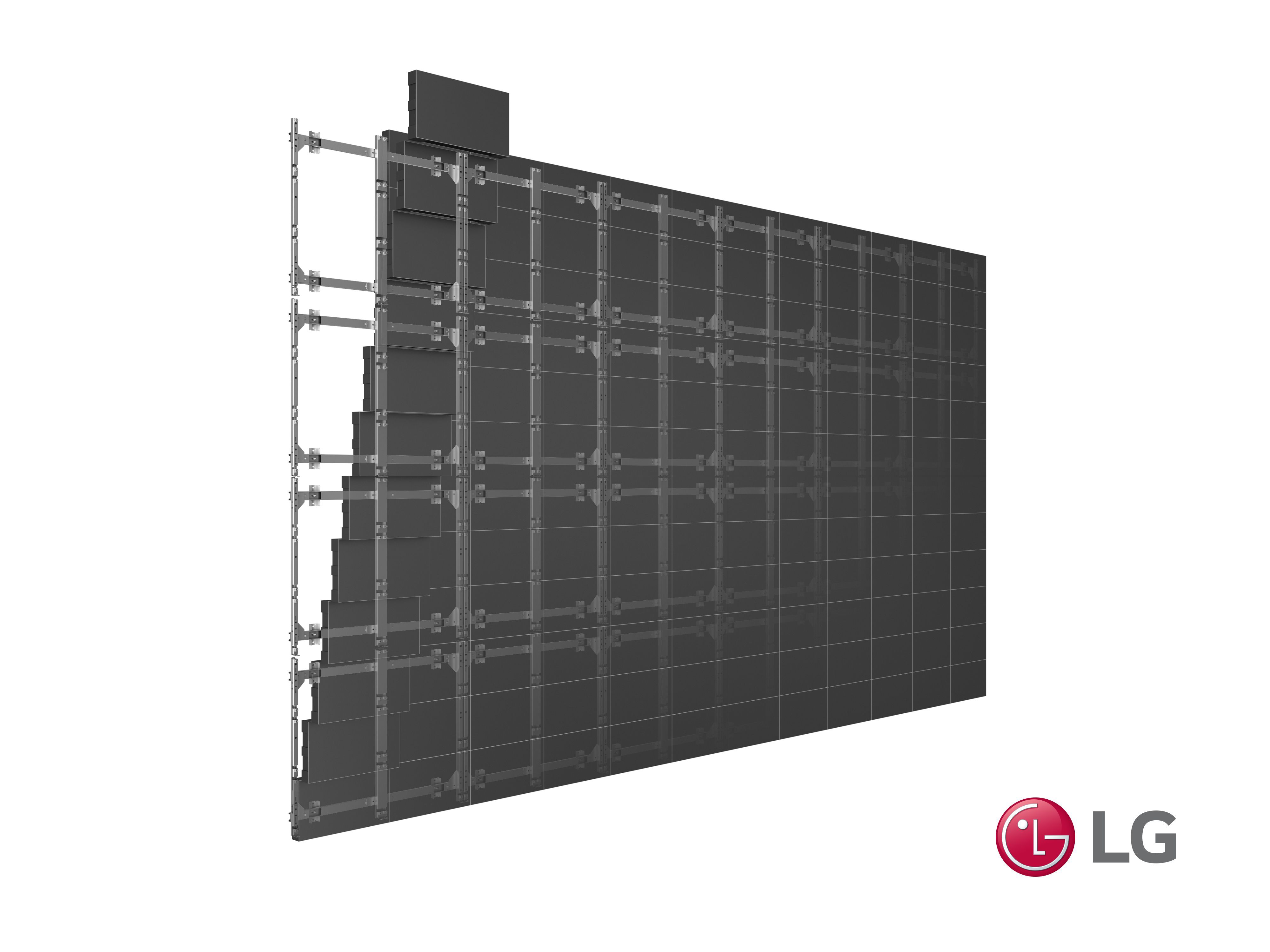Exploring The Way Resolution Affects the Performance and Visual Caliber of LED Walls in Contemporary Display Technology
Exploring The Way Resolution Affects the Performance and Visual Caliber of LED Walls in Contemporary Display Technology
Blog Article
LED screens are growing increasingly popular in various environments, including concerts and sports competitions to corporate presentations and creative exhibits. One of the key important factors that affect the performance and image quality of these displays is image clarity. Image resolution refers to the number of pixels that compose the visual on the screen. Increased image clarity indicates additional pixels, which can lead to sharper and crisper visuals. Grasping how image clarity affects LED screens can help users make informed choices about their display needs.
When discussing image clarity, it is crucial to take into account picture pitch, which is the distance between the center of one picture element to the center of the following picture element. A reduced pixel spacing results in a higher image clarity, allowing for additional detail in the images shown. For instance, an LED screen with a pixel pitch of 1.5mm will offer a sharper visual than one with a picture pitch of 3mm. This is particularly important in environments where audiences are near to the display, such as in a compact location or a exhibition show booth. In these situations, a higher resolution can significantly enhance the viewing quality.
Another factor of image clarity is its effect on color accuracy and brightness. LED walls with higher image clarity often have superior hue rendering, indicating that the hues shown are more vibrant and true to life. This is essential for applications like marketing, where the objective is to attract attention and communicate a concept efficiently. Additionally, higher image clarity screens can preserve brightness levels even when viewed from various perspectives. This is crucial in large venues where viewers may be positioned at different ranges and angles from the display.
The performance of LED walls is also influenced by resolution in terms of refresh rates and reaction durations. A greater image clarity screen can support quicker update frequencies, which is crucial for fast-moving material such as films and motion graphics. This indicates that the visuals on the display will look more fluid and more fluid, improving the total observing quality. In comparison, reduced image clarity screens may have difficulty with dynamic material, leading to blurriness or lag. Therefore, for events that depend on dynamic images, selecting a screen with a appropriate image clarity is critical.
In conclusion, resolution plays a vital role in determining the performance and visual quality of LED walls. Factors led display color standards such as pixel pitch, color precision, luminosity, update rates, and reaction times all contribute to how effectively a display can convey data and capture audiences. As advancements continues to progress, understanding these elements will help users select the appropriate LED screen for their particular needs, ensuring that they obtain the optimal potential outcomes in their presentations and events.